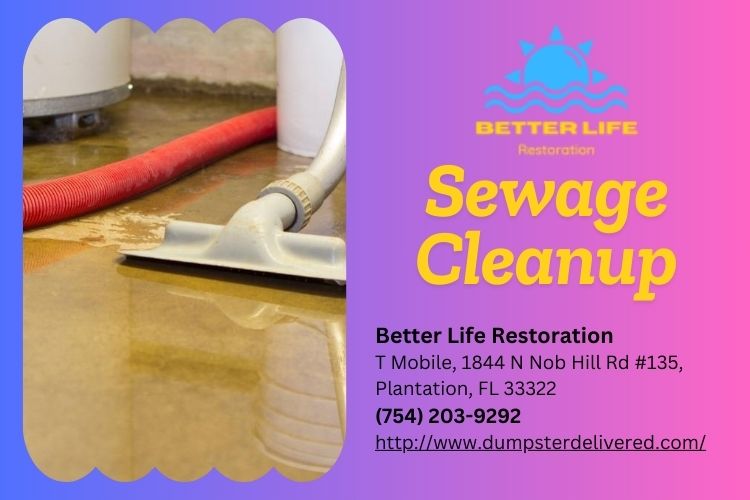Introduction
Experiencing a fire emergency is an overwhelming ordeal, and the aftermath can be just as devastating. While the flames may have been extinguished, the water used to put out the fire can lead to its own set of issues, particularly water damage. This guide aims to provide you with comprehensive insights into fast and effective water damage restoration following a fire emergency. Through this article, you'll gain knowledge on best practices, potential challenges, and how to work with professional water damage restoration services to restore your property efficiently.
Understanding Water Damage After a Fire
What Causes Water Damage During a Fire?
When firefighters respond to a blaze, they often use high volumes of water or chemicals to extinguish the flames. This can lead to substantial water pooling in various areas of your property. The types of materials involved in the fire—such as wood, drywall, and insulation—intensify these effects by absorbing moisture.
Types of Water Damage
Clean Water Damage- This occurs when water from sources like broken pipes causes flooding.
- Gray water comes from sources like washing machines or dishwashers that may contain contaminants.
- The most severe type of contamination usually resulting from sewage or floodwaters.
The Importance of Quick Response
A rapid response is crucial for minimizing long-term damage caused by excess moisture. Delaying restoration efforts can lead to mold growth, structural instability, and even health risks for inhabitants.
Your Guide to Fast and Effective Water Damage Restoration Following a Fire Emergency
Initial Assessment: What’s at Stake?
Before diving into restoration efforts, it's essential to conduct an initial assessment of the property:
Evaluate Structural Integrity- Check if walls, ceilings, and floors are stable enough for entry.
- Use moisture meters or thermal imaging cameras for accurate detection.
- Understanding whether it's clean or contaminated will influence your approach.
Safety First: Precautionary Measures Before Starting Restoration
- Always wear protective gear: gloves, masks, goggles. Ensure electrical systems are shut off before entering affected areas. Ventilate spaces adequately to avoid inhaling harmful vapors.
Engaging Professional Water Damage Restoration Services
Why You Should Hire Professionals?
While DIY methods might seem tempting after a fire incident, hiring professionals offers numerous benefits:
Expertise and Experience- Trained technicians know how to handle various types of water damage effectively.
- Professionals utilize advanced tools such as industrial dehumidifiers and air movers.
- From initial assessment through complete restoration—experts cover every facet.
Choosing the Right Service Provider
When looking for reputable water damage restoration services:
Check Reviews and References Verify Licenses and Insurance Ask About Their Experience with Fire-Related IncidentsKey Steps in Water Damage Restoration Process
Step 1: Emergency Contact and Inspection
Upon discovering water damage following a fire:
- Reach out to certified professionals immediately. Expect them to perform an extensive inspection within hours.
Step 2: Mitigation Measures
Before any repair work begins:
- Technicians will remove standing water using pumps. They'll also dry out wet materials using fans and dehumidifiers.
Step 3: Cleanup Procedures
Cleanup involves several actions:
Remove debris caused by both fire and water. Disinfect affected surfaces thoroughly. Dispose of non-salvageable items properly.Step 4: Repairing Damaged Structures
Once cleanup is complete:
- Rebuilding efforts can begin: Replace drywall Install new flooring Restore electrical systems as needed
Preventative Measures Against Future Incidents
Installing Smoke Detectors & Sprinklers
Ensuring your property has functional smoke detectors can save lives during emergencies while sprinkler systems help control fires before Better Life Restoration Water Damage Restoration they escalate too far.
Regular Maintenance Checks on Appliances & Wiring Systems
Routine inspections help identify potential hazards that could lead to fires or leaks.
FAQ Section
FAQ 1: What should I do first after experiencing fire-related water damage?
Answer: Immediately contact professional restoration services while ensuring your safety by avoiding damaged areas until experts assess structural integrity.
FAQ 2: How quickly should I act after noticing water damage?
Answer: Ideally within 24 hours; quick action minimizes long-term issues like mold growth or structural decay.
FAQ 3: Can I handle cleanup myself?
Answer: While minor cases may allow for DIY efforts, significant incidents necessitate expert intervention due to safety risks involved with contaminated waters.
FAQ 4: How much does professional restoration cost?
Answer: Costs vary widely based on severity but generally range from $500 up into thousands depending on extent needing repairs; always request detailed estimates beforehand!
FAQ 5: Does homeowner's insurance cover fire-related water damage?
Answer: Most policies do cover it but check specifics within your plan; coverage often depends on circumstances surrounding the incident itself!
FAQ 6: How can I prevent mold after a fire?
Answer: Act quickly! Ensure thorough drying using fans/dehumidifiers post-cleanup; consider applying anti-mold treatments where necessary as well!
Conclusion
Restoring your home after experiencing both fire and subsequent water damage can feel like an uphill battle; however, understanding key steps towards effective recovery will empower you during this challenging time. Relying on professional services ensures not only swift action but also peace of mind knowing experts are handling everything safely—from initial assessments through final repairs! Remember that being proactive about maintenance helps mitigate future risks significantly so take charge today!
Contact Us
Better Life Restoration
Address: T Mobile, 1844 N Nob Hill Rd #135, Plantation, FL 33322
Phone number: (754) 203-9292
